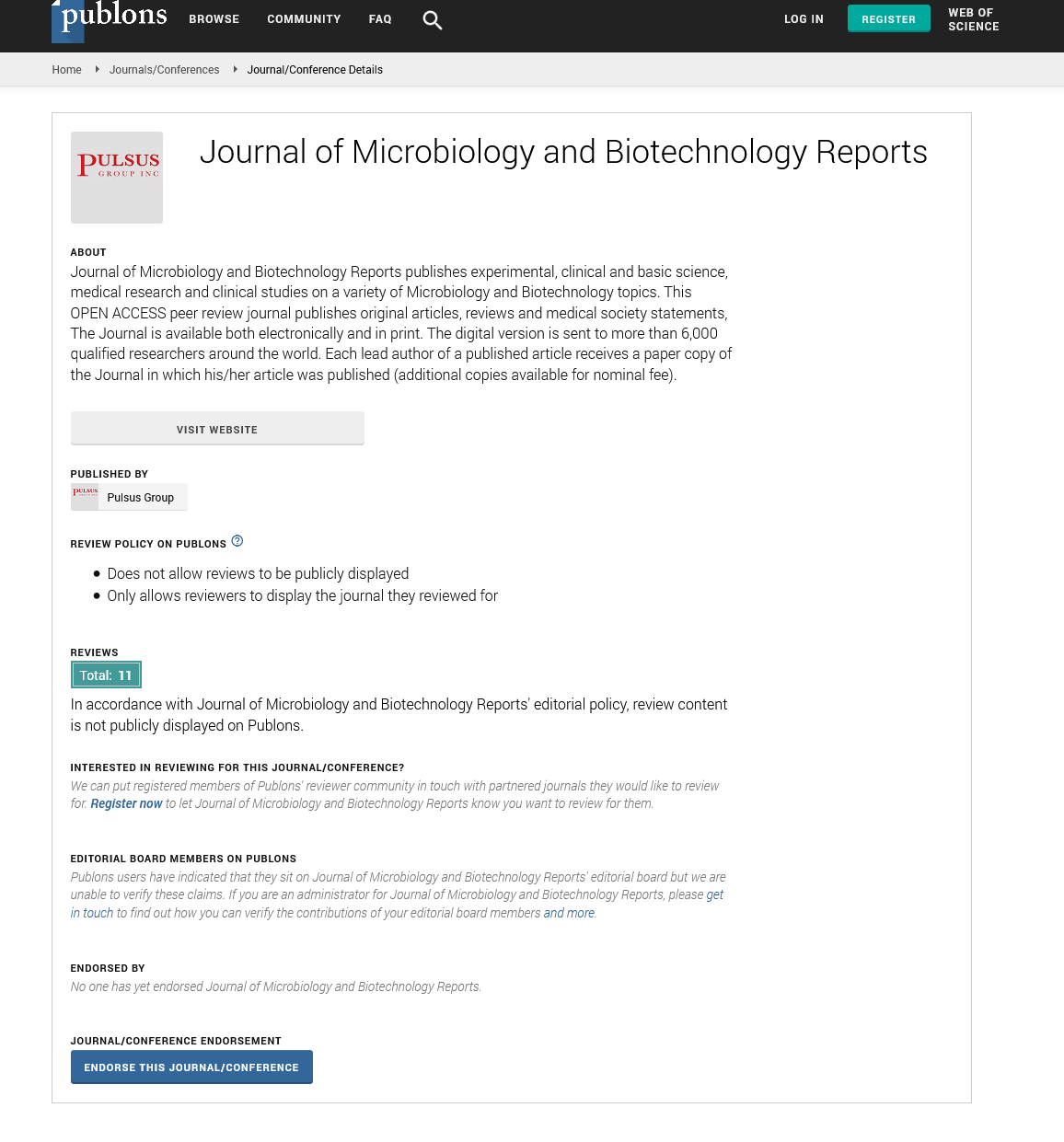What is Xanthan and its Deep Study?
Received: 03-Nov-2021 Accepted Date: Nov 17, 2021; Published: 24-Nov-2021
This open-access article is distributed under the terms of the Creative Commons Attribution Non-Commercial License (CC BY-NC) (http://creativecommons.org/licenses/by-nc/4.0/), which permits reuse, distribution and reproduction of the article, provided that the original work is properly cited and the reuse is restricted to noncommercial purposes. For commercial reuse, contact reprints@pulsus.com
Commentary
Xanthan is a polysaccharide produced by bacteria from Xanthomonas gender. It’s extensively used by several diligence as thickening, stabilizing, suspending agent and emulsifier cumulative. In 1995 our exploration group started the inedita xanthan product byX. arboricola pv pruni. In 2000 we reported internationally that xanthan produced by the pruni pathovar is chemically different from marketable xanthans; and its polymer has been named xanthan pruni by us. In these 25 times we had studied how this specific bacterium combined with acclimatized restlessness parameters can affect in specials xanthans. Xanthan pruni has been successfully applied in foods, vaccines, biodegradable comestible and pharmaceutics flicks ( including an anesthetic bioadhesive for moisture areas) and in probiotic microcapsules. Now, trials are being made with support of Some institutions as SENAI and diligence as Procelys by
Lesaffre to reduce costs of turmoil media in scale transposition from 10 to 100L. Chemical conflation of a diet is being replaced by turmoil processes due to fiscal and environmental considerations of the ultimate. Besides the financial advantages, fresh blessings of the microbial conflation include the use of renewable sources,environmentalfriendly approach and superior nice of the final. interpretation for law of riboflavin biosynthesis is primarily grounded at the conformation of occasion RNA structure regarding the RFN element (a mononucleotide riboswitch is unexpectedly conserved RNA element this is discovered constantly inside the 5′ untranslated position of prokaryotic mRNA that encodes for FMN biosynthesis and shipping proteins that’s employed in a after step (lumazinesynthase). The 2d and1/3 enzymatic way (deamination of the pyrimidine ring of structure and the posterior reduction of the ribosyl side‐chain) are controlled by way of some other bi ‐ practical enzyme decoded by means of the first gene of the operon ribG
The penultimate step in riboflavin biosynthesis, is catalysed by means of lumazine synthase During the once many decades, these biomaterials’antibacterial and antibiofilm goods have been enhanced by applying different approaches like answer with biocidal essence or lading with antibiotics. Considering the huge Crop of antibiotic-resistant bacteria and cytotoxicity of essence rudiments, other options including multilayer face coating have drawn enormous attention to themselves. The grand challenges for the unborn use of bioglasses in medical bias can be simply divided into five groups stable coating, suitable mechanical parcels, soft and interfacial towel engineering, controlled release of biomolecules/ remedial agents, and last but not least dependable in vitro and in vivo testing methodologies. Each of these difficulties could be impeccably overcome by applying new natural styles like using natural polymers and bioactive motes produced by the vast maturity of microorganisms in multilayer coating of bioactive spectacles Creatures warrant the eventuality to synthesize outside of the vitamins, microorganism have essential capability to give those metabolites. With contemporary life, consumers are getting more fitness conscious and discerned in their food choices. In this kind of situation, riboflavin ‐ immolation LAB offer a clean gain over chemical conflation through growing the nutritive price of food. The riboflavin biosynthesis in bacteria turned into analysed the operation of relative analysis of genes, operons and nonsupervisory Rudiments
Result View Original Microbial Biopolymer were originally delved because they’re related to pathogenicity and acridity (1). At ends od 1950th they were veritably delved and produced because they’ve wide artificial operations as thickening
and stabilizers in food, canvas, ceramic, maquillages, drugstore, agrochemical, etc. After 1990th, new uses were developed as bio packages, biodegradable plastic, pulpits and other (2). Scientifically and technologically the extracellular polysaccharide produced by bacteria of the Xanthomonas gender is called xanthan . Since 1960th and currently, the xanthan is the more applicable .Microbial Biopolymer from a marketable and technological point of view.
Acknowledgements
The authors are grateful to the journal editor and the anonymous reviewers for their helpful comments and suggestions.
Conflicts of Interest
The authors declared no potential conflicts of interest for the research, authorship, and/or publication of this article.





